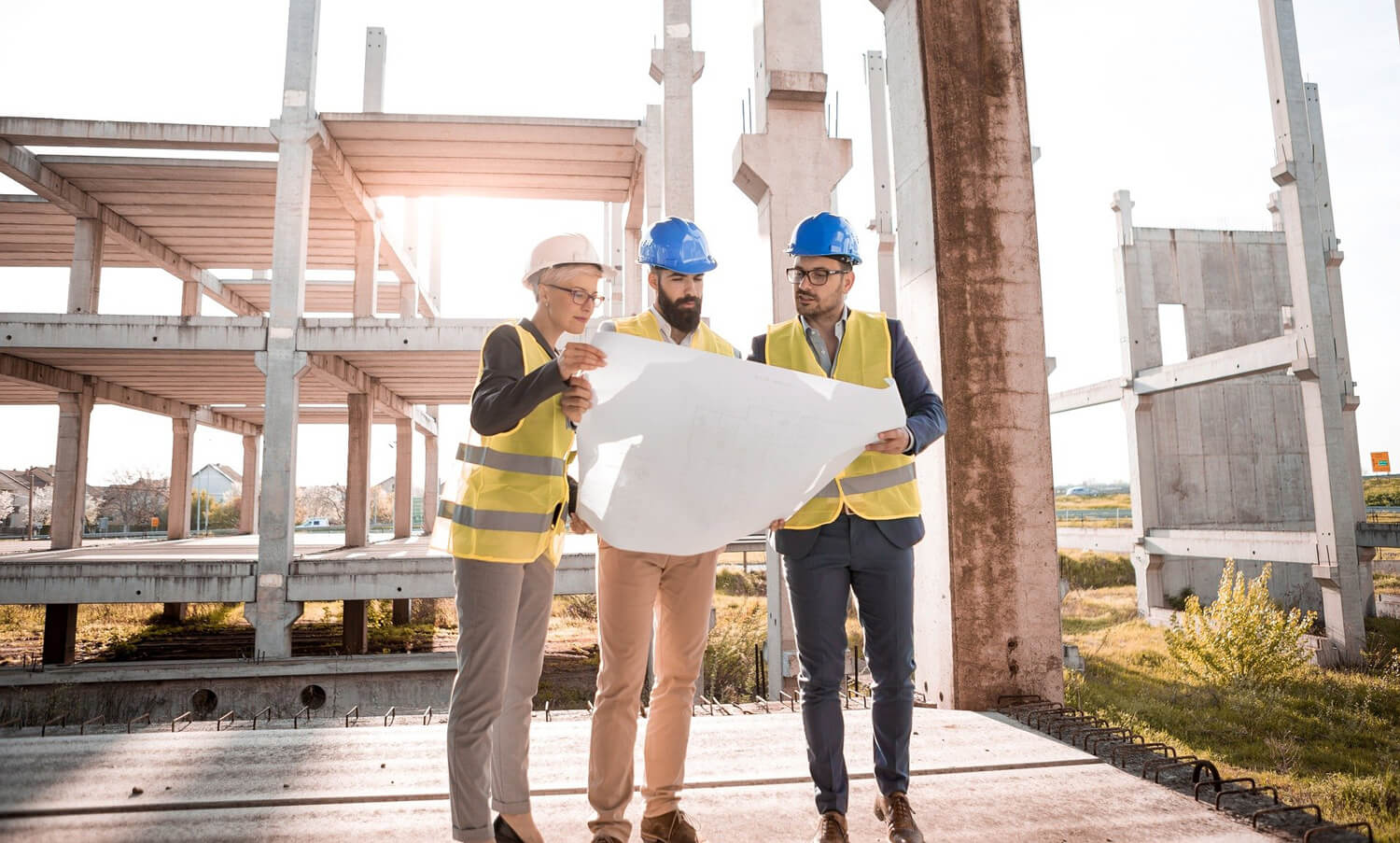Construction draw inspections are like insurance for construction lenders. You don’t always want to pay for it, but you may regret not having it.
Draw inspections are a major part of the lending process. But why? Why do they matter so much?
Reducing Risk
Construction lenders assume a huge amount of risk when they issue money for a project. Not having regular construction draw inspections is just like driving a car without insurance. And when you get in an accident (or you find the builder has been drawing on a project they haven’t even started working on), you’re in big trouble.
Scheduling regular inspections reduces risk. Lenders can rest assured knowing that the builder is on schedule and is completing the work in accordance with the draw requests.
The Inspector
A construction draw inspector is usually hired by the lender. But this doesn’t mean they are the enemy to the contractor. A good inspector makes everybody’s job easier. The contractor needs the inspector’s approval just as much as the lender wants a good report.
The inspector is an experienced professional. Most have extensive experience in the construction industry as well. They know their stuff. When they visit a worksite, it’s to view what work has been completed and address any potential delays. They’ll take pictures to document their findings and issue a thorough report to the lender [Nationwide].
The inspector checks for several things during their site visit. These include:
- Work-site security
- Damage
- Work progress and delays
- Percentage of completion compared to draw amounts
Essentially, the inspector’s job is to ensure that all the money a bank has issued to the contractor is accounted for in materials and work progress.
The Contractor
It’s clear why construction draw inspections are so important for lenders. But they’re important for contractors, too. The lender will not disperse funds until the draw inspection is complete.
Occasionally, discrepancies are found by the inspector. It’s then up to the contractor to revise the draw request to match the inspector’s findings. A revision to a draw request is never ideal. It typically means delayed payments to everyone on the payment chain.
There are a few things the contractor can do to reduce the risk of revisions to draw requests and help everyone get paid on time. They can:
- Plan ahead — a majority of contractors use 30, 60, and 90-day planning tools but fail to create daily plans [McKinsey & Company]. Who wants to show up for work without a plan for the day? Thorough planning keeps you on track and will help the inspection go smoothly.
- Work with the inspector instead of against them.
- Avoid overbilling.
- Be upfront with any delays or issues.
- Keep a line of open communication with the inspector and lender.
CoFi Will Help You Become a Better Construction Lender
CoFi’s construction payment software solves the challenges of construction lending. Construction draw inspections and the entire draw process are streamlined and simplified when you team with CoFi, saving you hours of work.
Stay ahead of the competition. Become a better construction lender with CoFi. Schedule a personalized demo today!








